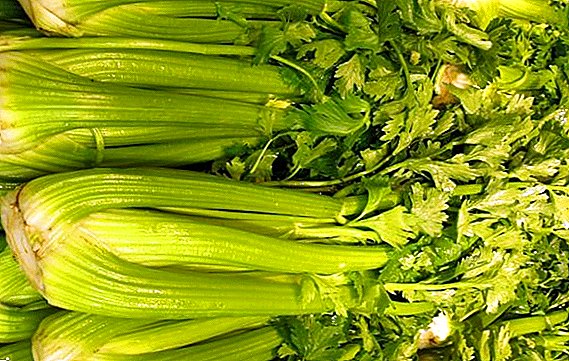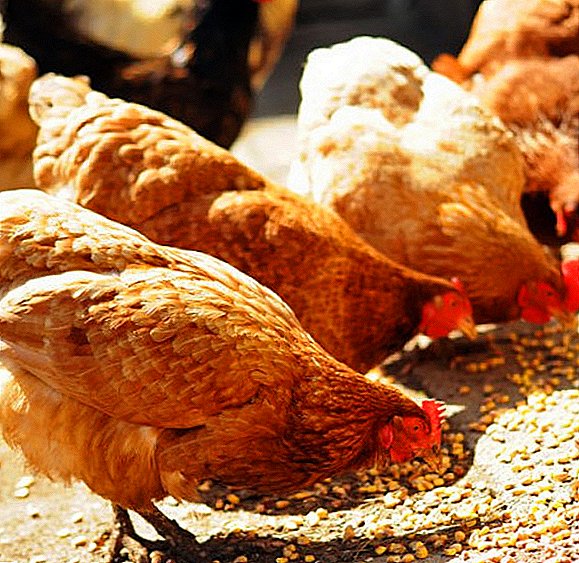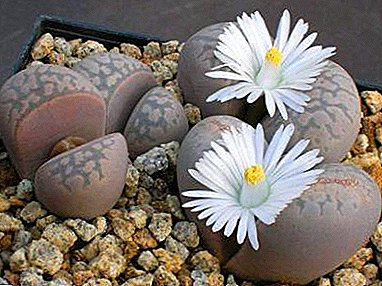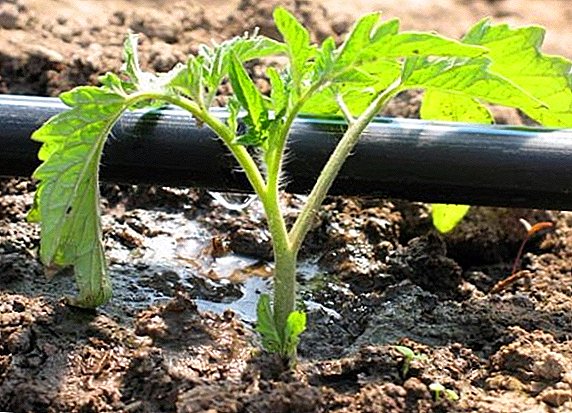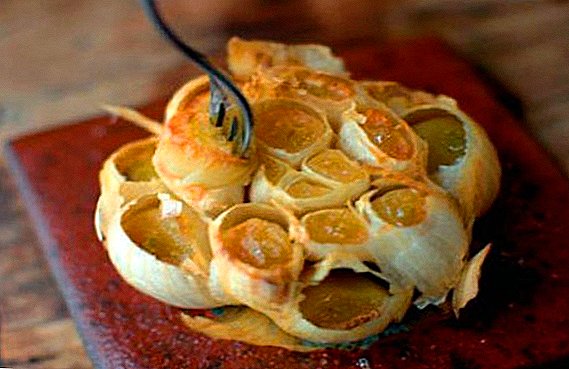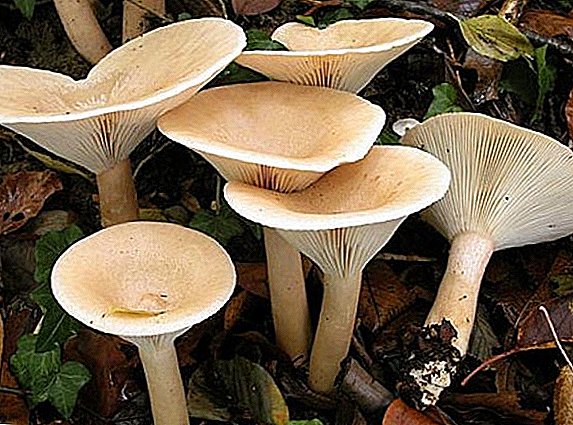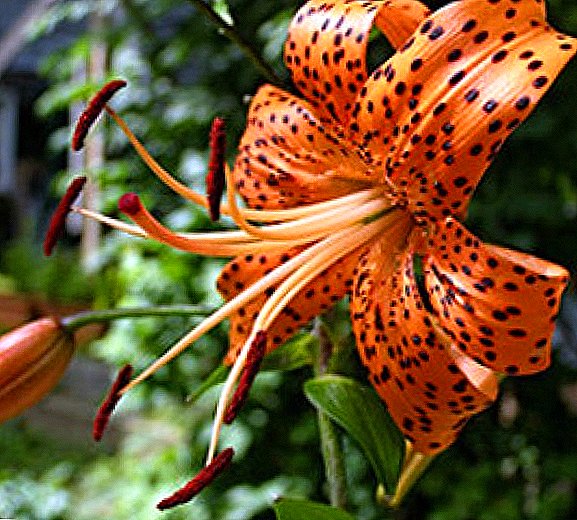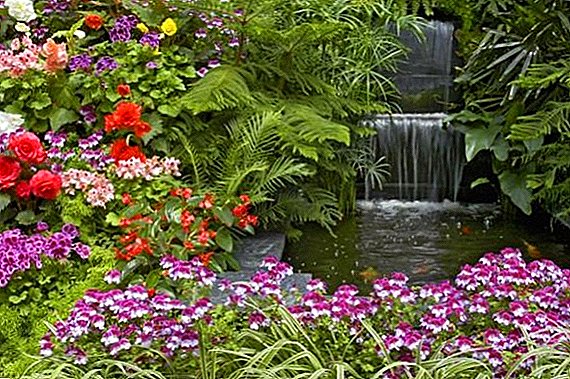 Cineraria belongs to the Astrov family, the genus Krestovnik. There are many types of cineraria, and they all differ from each other in appearance. There are herbaceous flowers, ornamental shrubs. All this variety has a different shape, color and size.
Cineraria belongs to the Astrov family, the genus Krestovnik. There are many types of cineraria, and they all differ from each other in appearance. There are herbaceous flowers, ornamental shrubs. All this variety has a different shape, color and size.
The most popular types of cineraria are elegant cineraria, bloody cineraria and silver cineraria..
At home, cineraria is grown bloody, other varieties are more common in ornamental horticulture.
 Silver Cineraria refers to perennials, has the appearance of a low bush with unusual leaves. It is considered curb plant, it is used for framing flower beds.
Silver Cineraria refers to perennials, has the appearance of a low bush with unusual leaves. It is considered curb plant, it is used for framing flower beds.
The leaves of the plant are large, carved, silvery shade, attract attention with its shape and whitish colors. Inflorescences usually appear in the second year of a plant's life and have a bright yellow shade.
Did you know? Many gardeners prefer to remove the inflorescences of silver cineraria - this type of plant seems to many more attractive. In addition, in flower beds the main role of silver cineraria is to serve as a backdrop for bright plants.
Silver varieties and varieties cineraria
Silver Cineraria is otherwise called the seaside gooseberry, seaside cineraria, ashy or sea. The plant is about 25 cm tall on average; they love it for the unusual shape of the leaves and their velvety texture. There are several of the most popular varieties of seaside cineraria:
- Silver boat - grows up to 35 cm, the stems are erect, the leaves are thinly dissected;
- Silverado - grows up to 20-35 cm, has a decorative cut of leaves of silver-white color;
- Silver dust is a small plant with a height of 15-20 cm, has thin lace leaves of bright silver color;
- Cirrus is a low shrub (40-45 cm), has oval, leaflets along the edges.

Most often you can find varieties of silver dust and cirrus.
Sowing seeds for seedlings
It was found out experimentally that the best way to grow silver cineraria - sow the seedlings. Formed sprouts are planted in open ground. But you need to know how to sow silver cineraria, so that strong seedlings will sprout from it.
There are several ways to sow seeds in the soil:
- Sowing in wet soil. Seeds are not pressed into the ground, and its surface is covered with a film;
- Sowing in wet ground. Seeds are sprinkled on top of a layer of sand, the container is covered with a film;
- Seeds are sown on the surface of the soil, then covered with thin paper moistened with water.. When sprouting, the sprout can break through the thin paper, which, in turn, controls seed germination.

Seeds are conveniently planted in wide boxes, as it will be necessary to plant them. After already grown high-grade seedlings.
Important! Cineraria is often grown as an annual plant. Although the plant is resistant to frosts, in our climatic conditions it can hold out in the open ground only until late autumn. If you do not cover it for the winter, it will die.
Optimum landing time
Cineraria silvery seeds are planted in the soil at the end of May. Planted seedlings in prepared containers. The first shoots usually appear after 10 days. Landing in the ground is carried out in 2.5-3 months.
Soil preparation
For seeding of marine cineraria, substrate should be taken. The soil should be neutral, light, and before planting it can be compacted. Slightly acid soils are also suitable. The main requirement is that it be well drained, air- and water-permeable.
Lighting
 Capacities with crops of cineraria are placed on the windowsill, where there will be as much light as possible. Sunlight is very important for this plant; it is under the sun that it becomes saturated white. But you should choose a diffused light - direct sunlight is harmful for sprouts.
Capacities with crops of cineraria are placed on the windowsill, where there will be as much light as possible. Sunlight is very important for this plant; it is under the sun that it becomes saturated white. But you should choose a diffused light - direct sunlight is harmful for sprouts.
Important! Cineraria can grow in a partially shaded place, but its decorative qualities in this case will not be expressed.
Watering and spraying seedlings
Watering seedlings is especially important at the very beginning of growth. You can not overdo it with watering, as this may cause the development of root rot. Drought seedlings just as difficult to tolerate, so do not allow its occurrence.
Soil dive and fertilization
It is important not to miss the period when you need to dive cineraria seedlings. A pick involves transferring sprouts into individual pots. This procedure is carried out when each sprout has 2 full leaflets.
Features care for cineraria in the open field
After planting plants in open ground, it requires special care. Therefore, it is important to know how to care for silver cineraria:
- disembarking is carried out only in warm weather;
- in order to avoid consequences, after disembarkation it is better to cover the seedlings with insulating material;
- plentifully, but not often water the plant;
- weed beds with a plant;
- make feeding.

Did you know? It is enough to make additional feeding of cineraria 1-2 times a month. For this, fertilizers with a low nitrogen content are used.
Perennial reproduction
For cineraria, the method of breeding at home with the help of sowing seeds is often relevant. The plant does not tolerate severe cold, so this method of growing flowers is very popular. It is also possible to propagate the plant by dividing the bushes and grafting.
Sowing seeds
Propagation of cineraria sowing seeds carried out in early March. Seeds sprinkle a little earth on top and cover with glass. After the seeds have grown, they are planted in the garden. Spend it in the first days of summer.
Division bushes
 Propagation of cineraria silver division of the bushes is carried out before the flowering period. This method is used extremely rarely.
Propagation of cineraria silver division of the bushes is carried out before the flowering period. This method is used extremely rarely.
To divide the bush, you must carefully dig up the plant without damaging its root system. It is necessary to divide so that each new bush has good shaped roots. Sites division sprinkled with wood ash, allowed to dry out and planted in new places.
Cuttings
Perennial can also be propagated by cutting. This procedure takes place in August.
The plant cuts off all the green cuttings, the length of which exceeds 10 cm. In the fall (after 2-3 weeks) the cuttings take root, after which they are dug out and planted in boxes.
Cineraria is taken to winter in a warm room, otherwise the plant will not survive. In the spring, when the ground warms up, cineraria can be planted.
Combinations with other plants and the role in landscape design
Cineraria in landscape design is used as a background for other plants. She emphasizes their bright colors and originality. The landscape designer can create interesting compositions from silver cineraria, for example, it is combined with lobelia, petunias, phloxes.
Often, seaside cineraria is used to design flowerbeds. Planted along the edges of cineraria, and in the middle - flowers of different shades. Also with its help often create floral patterns.
Possible cultivation problems, diseases and pests
If, when grown on cineraria, reddish brown spots appear, the plant suffers from heat and drought. If the top of the bush is not yet affected, it can be separated and rooted to form a new plant.
If the leaves have acquired a stunted appearance, it is most likely that the mold has grown to the roots. In this case, less need to water the plant.
 Main pests, which are found in cineraria, - aphid and spider mite. A sign of spider mites are abundant yellow dots on the leaves. On its back you can see small white lumps - this is the tick itself.
Main pests, which are found in cineraria, - aphid and spider mite. A sign of spider mites are abundant yellow dots on the leaves. On its back you can see small white lumps - this is the tick itself.
Because of the tick, cineraria can dry out and discard the leaves. Therefore, be sure to fight this parasite. A soap solution or any acaricide helps in this problem.
To combat aphids, cineraria silver can be sprayed with insecticide or nettle tincture. If the invasion is not abundant, the aphids can be collected manually.
In room conditions, cineraria may be affected by mycosis and late blight. To avoid these problems, the room should be aired more often.
Silver cineraria itself is very beautiful, and even in the fall, when other flowers have already bloomed, it continues to please the eye with its unusual silver foliage.  Considering how easy it is to maintain it, how easy it is to grow it, and how unusually beautiful it is, silver cineraria is a reasonable choice for curb and carpet plantings of flowers.
Considering how easy it is to maintain it, how easy it is to grow it, and how unusually beautiful it is, silver cineraria is a reasonable choice for curb and carpet plantings of flowers.


